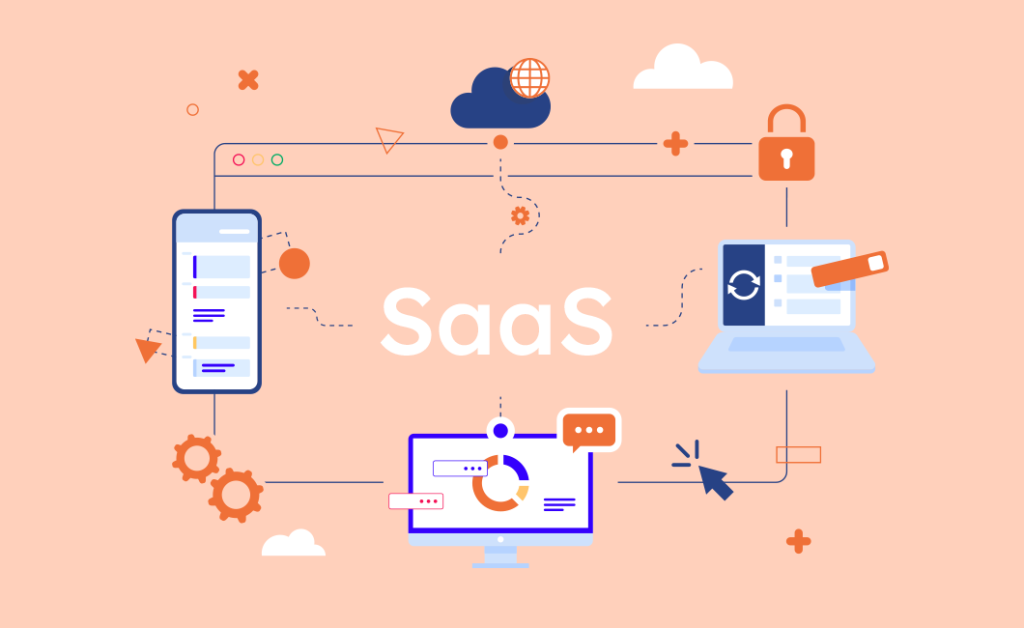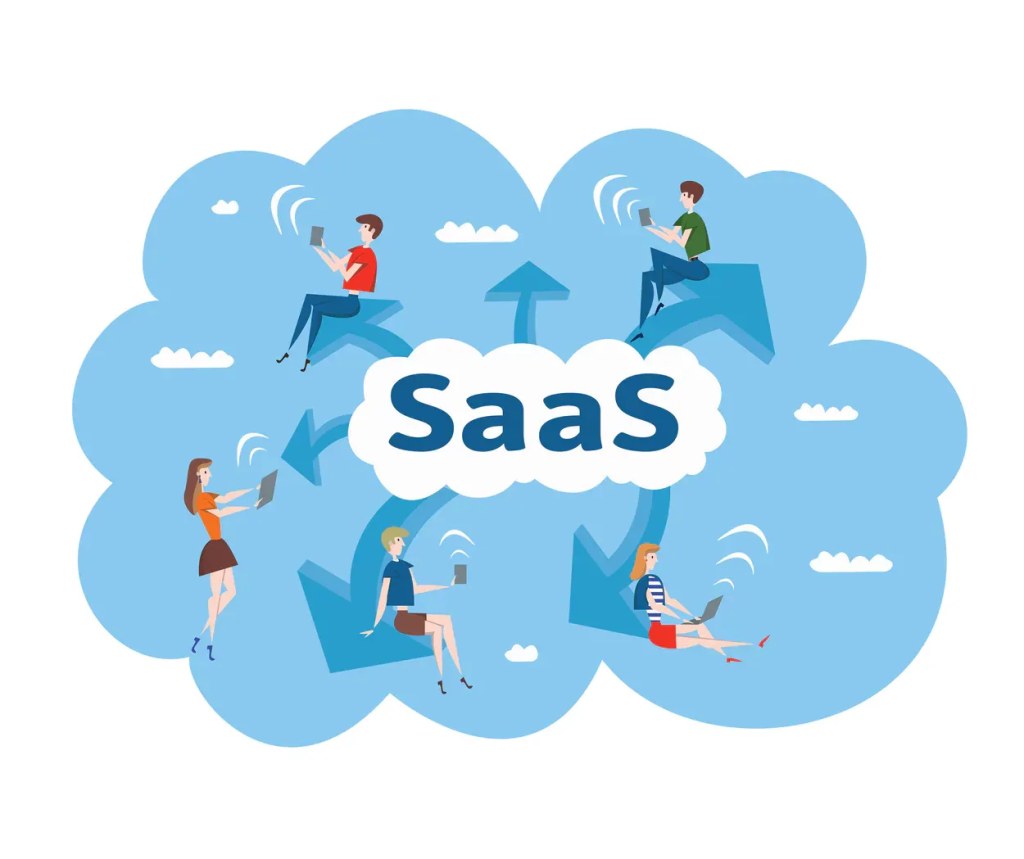
In the world of Software as a Service (SaaS), billing plays a crucial role. Getting it right can make a big difference for your business and your customers. Let’s explore some important aspects that you should know about SaaS billing.
I. Understanding SaaS Billing Basics
1. What SaaS Billing Entails
SaaS billing is all about how you charge your customers for using your software services. It’s not just setting a price but also deciding on the billing cycle, like monthly or annually. For example, if you offer a cloud-based project management tool, you might choose to bill customers monthly based on the number of users they have. You also need to consider things like whether to offer free trials or discounts for longer subscriptions.
2. How the Billing Works
First, you have to set up a system to track which customers are using your SaaS product and what features they’re using. Then, based on your chosen billing model, the system calculates the amount due. For instance, if it’s a usage-based model and a customer has used extra storage space in your SaaS application, the billing system adds that cost to their invoice. After that, invoices are generated and sent to customers, and you manage payments and any follow-up on unpaid bills.
II. Turning SaaS Challenges into Competitive Edges
1. Identifying Common Challenges
One challenge is dealing with complex pricing structures. Maybe you have different tiers of service with various features included, and it can be confusing for customers to understand. Another is handling payment failures gracefully. Sometimes customers’ cards expire or there are issues with payment gateways.

2. Overcoming Challenges
To deal with complex pricing, create clear and simple explanations on your website. Use examples or comparison charts to show customers what they get for each price point. For payment failures, set up automated reminders for customers to update their payment information. Also, offer alternative payment methods. By handling these well, you can stand out from competitors. Customers will appreciate your transparency and helpfulness, which can lead to higher customer satisfaction and loyalty.
III. Benefits of Billing Software for Businesses
1. Streamlining Operations
Billing software can automate many tasks. It can generate invoices automatically, track payments, and even send reminders for overdue bills. This saves you a lot of time and reduces the chances of human errors in billing. For example, instead of manually creating invoices every month for dozens of customers, the software does it in a few clicks.
2. Gaining Insights
With billing software, you can analyze data like which pricing plans are most popular, when customers are more likely to cancel subscriptions, and which regions have higher payment rates. These insights help you make better decisions. You might decide to adjust your pricing or offer special promotions in certain areas based on what the data shows.

SaaS billing is a key part of running a successful SaaS business. By understanding its basics, turning challenges into advantages, and leveraging billing software, you can create a smooth and efficient billing process that benefits both your business and your customers. Keep these top practices in mind to stay ahead in the competitive SaaS market.





